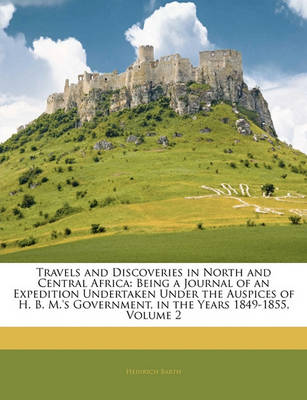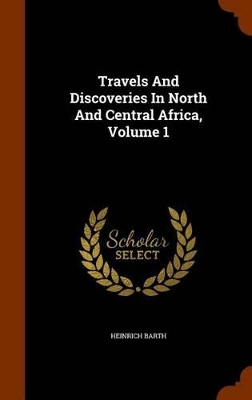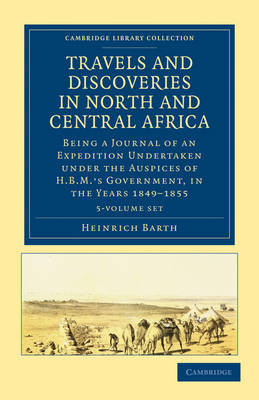Cambridge Library Collection - African Studies
2 primary works • 7 total works
Volume 2
Travels and Discoveries in North and Central Africa: Volume 2
by Heinrich Barth
Volume 3
Travels and Discoveries in North and Central Africa, Volume 1
by Heinrich Barth
Travels and Discoveries in North and Central Africa 5 Volume Set
by Heinrich Barth
Travels and Discoveries in North and Central Africa: Volume 4
by Heinrich Barth
Travels and Discoveries in North and Central Africa: Volume 3
by Heinrich Barth



